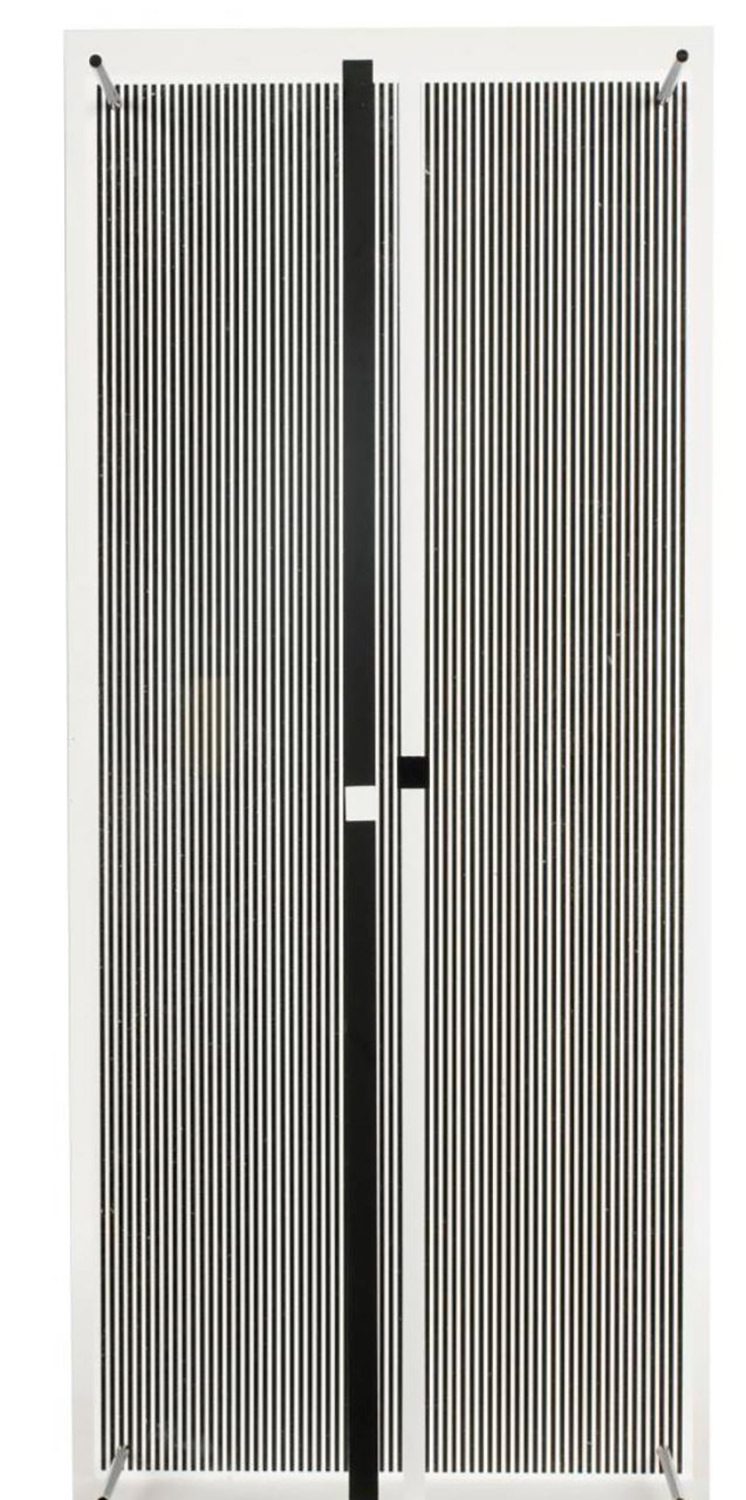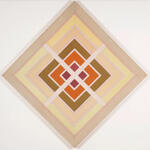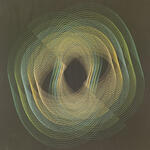Jesus Soto
Bio
Jesús Rafael Soto (Venezuela, 1923 - France, 2005) was one of the leading representatives of kinetic and optical art. The development of his work began with perceptive kineticism and later expanded to encompass the entire space, intervening in it as a dynamic element through the superposition of transparent planes. In 1950, he moved to Paris. In 1956, he created his first kinetic structures: his kineticism was characterized by integrating the perception of the spectator in motion in relation to the object. Starting in the 1960s, he designed penetrables and large-scale architectural integration works, creating compositions through the articulation of planes formed by lattices at various angles. On other occasions, through modulation, he created geometric structures that, through repetition, reached great dimensions, emphasizing the monumental sense of space occupation.
Statement
Soto was characterized by breaking with a centuries-old tradition. There are two essential concerns in his work: the universe as a whole, to be understood, penetrated, and revealed, and the constitutive matter of that universe. From this, his recurring ideas of mass, light, and energy arise. In the first case, Soto focuses on the essential aspects of the surrounding universe. In the second, his creations testify to and aim to reveal what exists in a universe that is exterior and prior to art. It is important to highlight Soto's mastery in alluding to the non-visible through the visible.
Additional information
edición de 100 ejemplares














